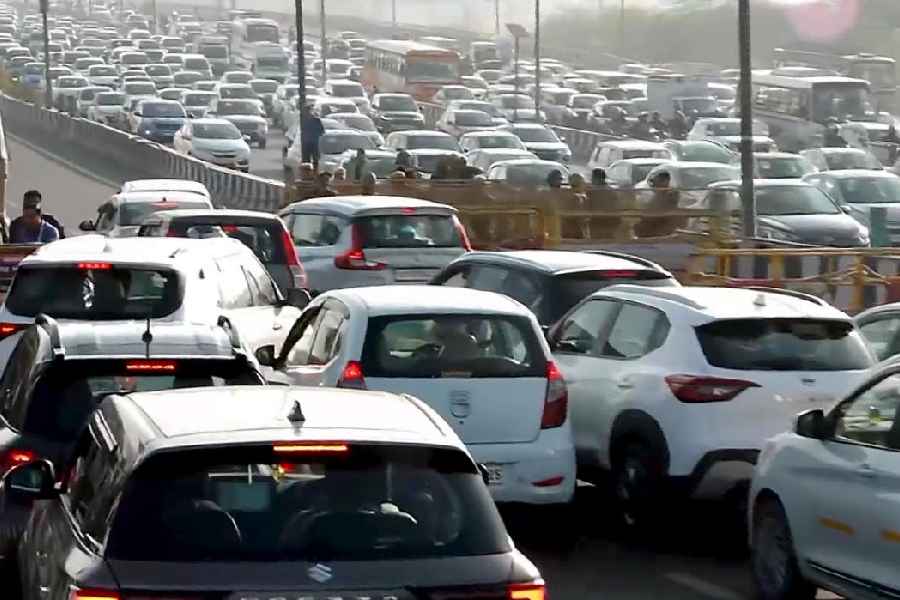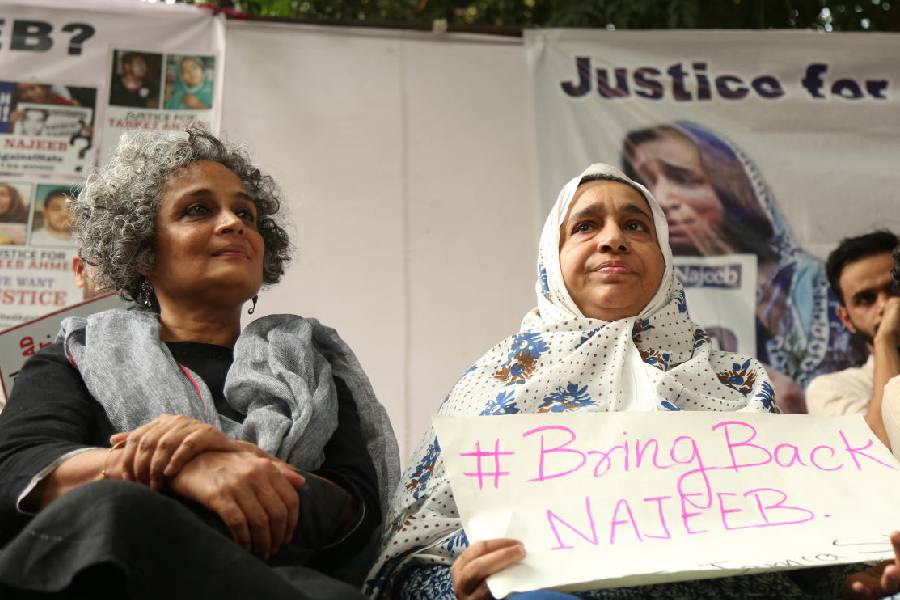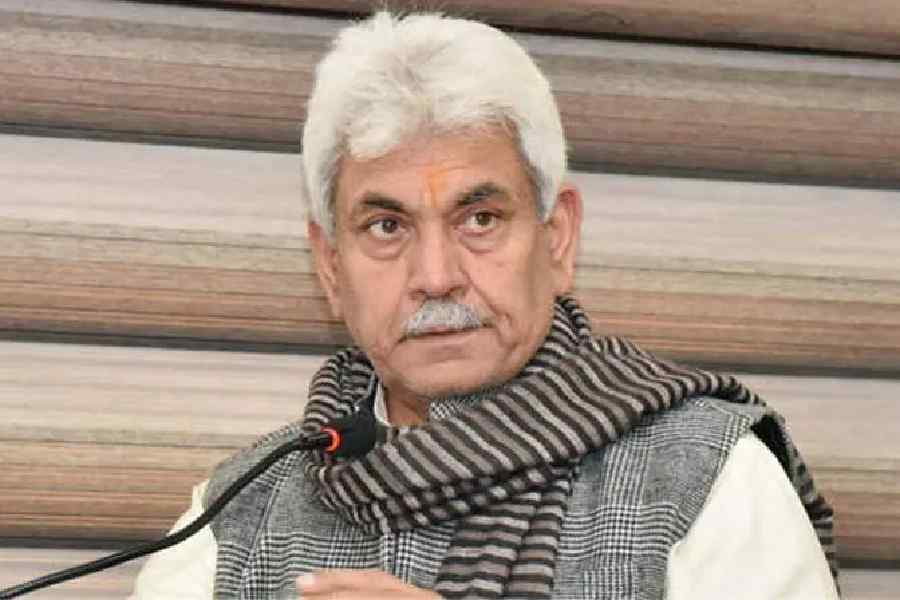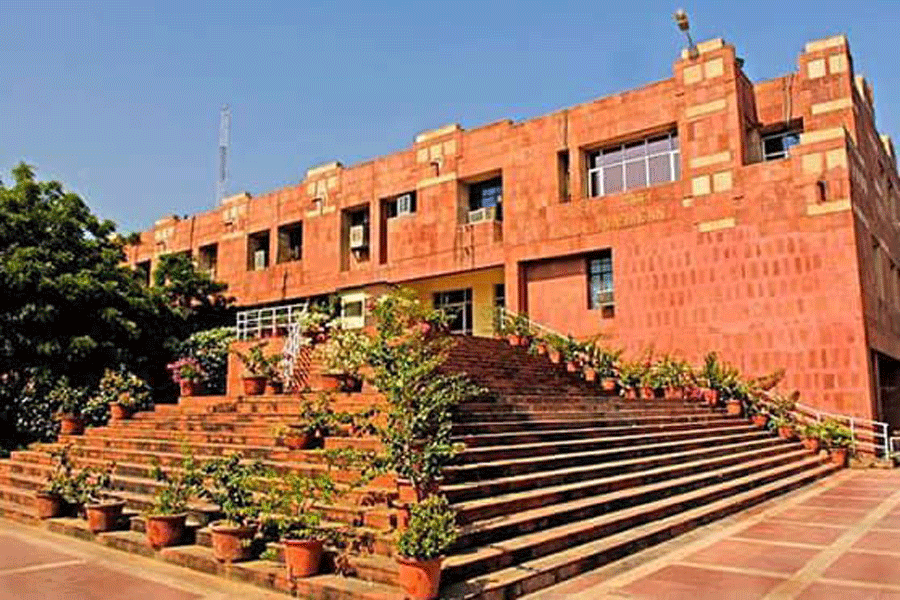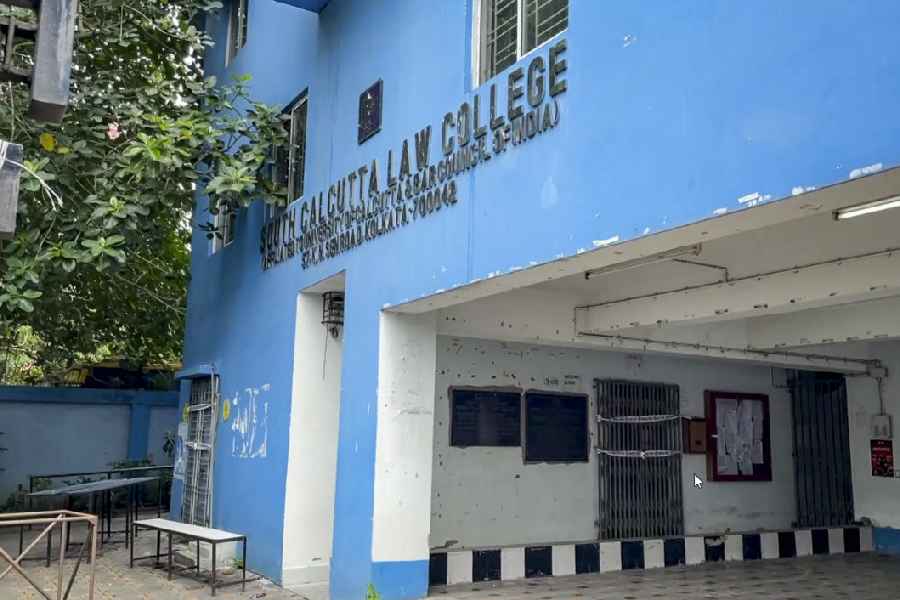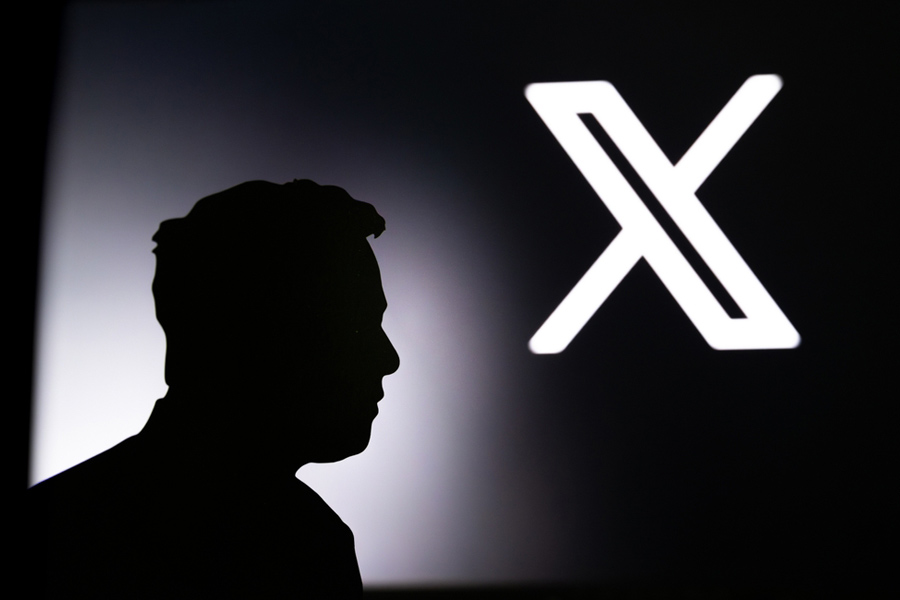 |
 |
| (Top)Abhishek Bachchan and Aishwarya Rai in Guru, releasing this Friday |
![]() You have shot just three films (Bombay, Morning Raga and Guru) and directed two movies (Sapnay and Kandukondain Kandukondain) in over 12 years. Why?
You have shot just three films (Bombay, Morning Raga and Guru) and directed two movies (Sapnay and Kandukondain Kandukondain) in over 12 years. Why?
I’ve underperformed (laughs)! See I also run an advertising concern in Chennai and so don’t have the chance to do so many films. Also, for me to shoot a film there has to be a certain level of understanding with the director. The aesthetics have to match and we have to get along. Also, I take time to write my own films. Then again, not many people have approached me to shoot their films. And whichever happened kept getting postponed.
![]() So how did Guru happen, more than a decade after you shot Bombay for Mani Ratnam?
So how did Guru happen, more than a decade after you shot Bombay for Mani Ratnam?
Mani and I were doing a stage show on 50 years of Tamil cinema. We were working with a lot of old pictures and footage and it was then that we decided to do a period film together. That eventually became Guru.
![]() How much has Mani changed in all these years?
How much has Mani changed in all these years?
There’s hardly any change at all in him. Working with Mani was as fine this time as it was so many years back. Of course he is now more exposed to cinema. Also, we have lot more of technology at our disposal today than we had 10 years back. So, we both have tried to optimise our visualisation keeping the available technology in mind.
![]() Has the visual language also changed in these 10 years?
Has the visual language also changed in these 10 years?
Today, more shots count for than it did before. The concept of starting with an establishing shot and then going into a mid-shot is all gone. It is a day and age of minimalisation, of simplicity. Everything is more precise, more focused. You can’t take a single shot just for the sake of beauty.
![]() How difficult was it to create 1950s Mumbai for Guru?
How difficult was it to create 1950s Mumbai for Guru?
It was all digitally created but you won’t understand that when you watch the film. Like the 1950s Marine Drive shown in the film is actually the seaface of Pondicherry. We shot in Pondicherry and put the Marine Drive picture plate in the background. We researched a lot about that period and Sharda Dwivedi’s books on Mumbai helped us a lot.
The many websites on the history of Mumbai have lots of information, which helped us in lighting the scenes. Like the fact that mercury vapour lamps were used in the streets only after 1968. Before that they used gas. So rather than blue we used a yellow glow for those scenes. Also, the lights used inside homes were more diffused while those used in offices was very Art Deco with stronger shadows. We all hope that with Guru we will be able to raise the bar, technically, for Indian films.
![]() What have you done with the colour scheme?
What have you done with the colour scheme?
We had to shoot in Turkey and India. We wanted people to really feel the colours when we show India. So for Turkey we went for a very desaturated look to give it a cold feel. We shot in March and exploited the cloudy weather there. Our bible was an interesting book by a Turkish photographer named Ira Uhler — the Cartier-Bresson of Turkey — which has a lot of black-and-white photographs of the country.
For the India leg we chose a village in northern Karnataka named Badami, near Hampi. It was an early Chalukya capital and has beautiful rock cut caves of red sandstone. So we could start from that red and then move on to green. The 1970s portions also have a lot of tube light and so there’s blue too.
![]() What was the plan in terms of camera movement?
What was the plan in terms of camera movement?
There’s a lot of handheld camera in Guru’s initial years of struggle. Then as he ages and becomes powerful, we have used a lot of dolly movements. It’s like, by then, the camera starts obeying him rather than countering him. Since the film is essentially about faces, how they change in fear, hope, anger, greed, we have used a lot of close-ups. But we had to keep in mind that too many of them can make it a TV serial.
 |
| Rajiv Menon |
![]() During your preparation which are the films you looked at for possible inspiration for the look of Guru?
During your preparation which are the films you looked at for possible inspiration for the look of Guru?
Road To Perdition in a big way, where Conrad Hall won the Best Cinematographer Oscar. Then we looked a lot into Christopher Doyle’s work in In The Mood For Love in the way he has used hard light. And finally, for the wide angles, the look is very Amelie. You know the exuberance in the lensing gives a very hip-hop feel to the images.
![]() Did you do a lot of storyboarding for the film?
Did you do a lot of storyboarding for the film?
Not really, apart from some important scenes which we call flag-off scenes. In a biopic like Guru, we have to flag scenes where he starts growing as a person and where he starts changing from within. So we flagged key shots in Turkey, 1970s Mumbai, the AGMs held in stadiums.
Apart from that Mani doesn’t want to do storyboarding. His style of working is very organic. He goes to the location, gets his actors, decides the lens, looks at his eyepiece and starts blocking, and then the shooting follows.
![]() Finally, do you think that Mani Ratnam will be able to break his Bollywood jinx with Guru?
Finally, do you think that Mani Ratnam will be able to break his Bollywood jinx with Guru?
I believe Guru will get him some maryada. The way he has gone into the interiors of the human relationship is quite something. I have always felt that Satyajit Ray was the master when it came to showing post-marriage relationship on screen, in films like Apur Sansar, Charulata and Mahanagar. After him comes Mani.


